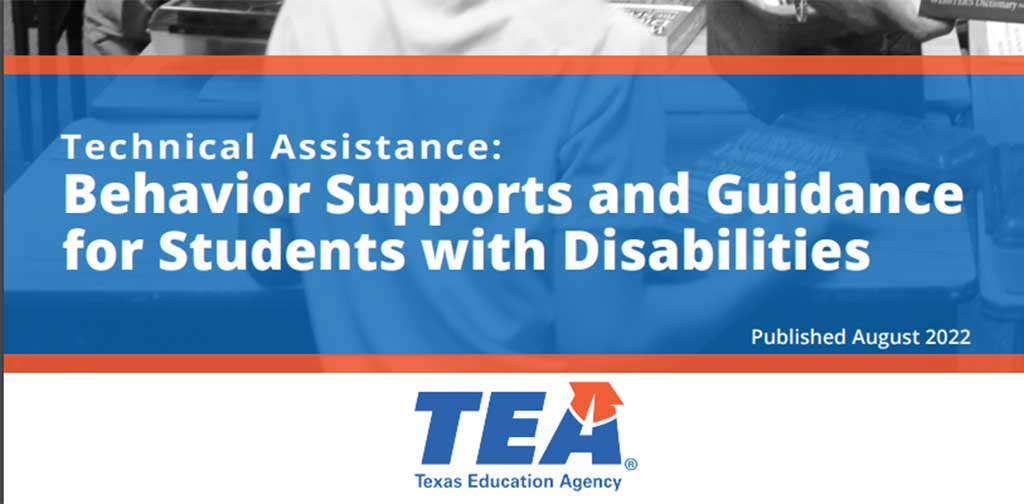PRN note: While this was written for New Jersey parents, the basic concepts apply in all states. The second factor listed is from a fifth Circuit Court case against a Texas school.
An inadequate IEP will make it difficult to consider any child’s placement in an organized way. To assist schools and parents, the department has developed and widely distributed a model form that addresses all the required IEP components.
Next, each placement option is examined not only as it currently exists, but also as it might be modified. Then, each educational placement option is examined in sequence from least restrictive to most restrictive.
Regular class placement is examined as the first option. In New Jersey, the decision-making process must include the three factors of the Oberti decision now incorporated into code and begins with consideration of placement in the regular classroom. Does this mean that each child must be placed in the regular classroom before other placement options are considered? The answer is no. The requirement for a continuum of placement options reinforces the importance of an individualized inquiry, not a “one size fits all” approach, in determining what placement is the least restrictive environment for each student with disabilities.
If the school has given no serious consideration to placing the child in the regular classroom with supplementary aids and services and modifying the regular program to accommodate the child, then the least restrictive environment provision of the IDEA has most likely been violated. Therefore, at the very least, a serious and thoughtful discussion must be initiated. At issue is whether the student’s IEP can be implemented satisfactorily in the regular classroom with supplementary aids and services. Although IDEA does not define the term “supplementary aids and services,” the United States Department of Education suggests several possibilities including, but not limited to, modification of the regular class curriculum, behavior management techniques, assistance of an itinerant teacher with special education training, special education training for the regular class teacher, use of assistive technology, provision of notetakers, use of a resource center or a combination of these.
The second factor requires that consideration be given to a comparison of the benefits in the regular class and the benefits in the special class. In Daniel R. v. El Paso Independent School District, the United States Court of Appeals for the Fifth Circuit determined that the appropriateness of placement in the regular classroom is not dependent on the student’s ability to learn the same things that other students learn in the regular classroom. The benefit from social interaction of the student with nondisabled peers is a legitimate benefit that can be derived from placement in the regular classroom.
The third factor requires that consideration be given to the potentially beneficial or harmful effects that placement in the regular classroom may have on the student with educational disabilities and the other children in the class. Two examples of the many beneficial social and academic effects that may accrue to a student with disabilities include positive peer models and high expectations for achievement. The potentially beneficial effects on the other children in the class are fostered as they learn to understand and accept the individual differences of their peers. Harmful effects may include the disruptive behavior of a student with disabilities if the disruptiveness is severe enough to significantly impair the education of other students. The school district must demonstrate that full consideration has been given to the complete range of supplementary aids and services that could be provided to the student to deal with the problem behaviors.
It should be noted that each of the three factors of the Oberti decision must be considered equally. One factor does not take precedence over any other factor.
Lastly, if the IEP team agrees that the student should receive all or part of the special education program outside the regular classroom, opportunities for participation in programs with nondisabled peers in academic or nonacademic activities must be considered and included in the IEP as appropriate.
The requirements for placement in the least restrictive environment and the same decision-making process also apply when considering placement for a preschool age child with disabilities. As with any student with a disability, the determination of whether a placement is more or less restrictive is based on the opportunity to be educated and interact with nondisabled peers. For school age students with disabilities, this placement is in the regular education class operated by the district of residence. In the case of a preschooler with disabilities, there may be no comparable option because the district does not operate a preschool program for nondisabled children. Therefore, it is important to note that for preschoolers with disabilities, placement in a regular preschool program in another district or in a privately operated program in the local community is a less restrictive placement option than the district’s self-contained preschool disabled classroom.
The discussion regarding placement for all preschool age students with disabilities must begin with consideration of a regular classroom program with supplementary aids and services. When the IEP team determines that a regular class placement is needed to provide a free, appropriate public education, all efforts must be taken to locate appropriate regular classroom settings where the student’s IEP can be implemented.
To summarize, school districts must ensure to the maximum extent appropriate that students with disabilities ages three through 21 are educated with nondisabled children and participate in nonacademic and extracurricular activities with nondisabled children.



